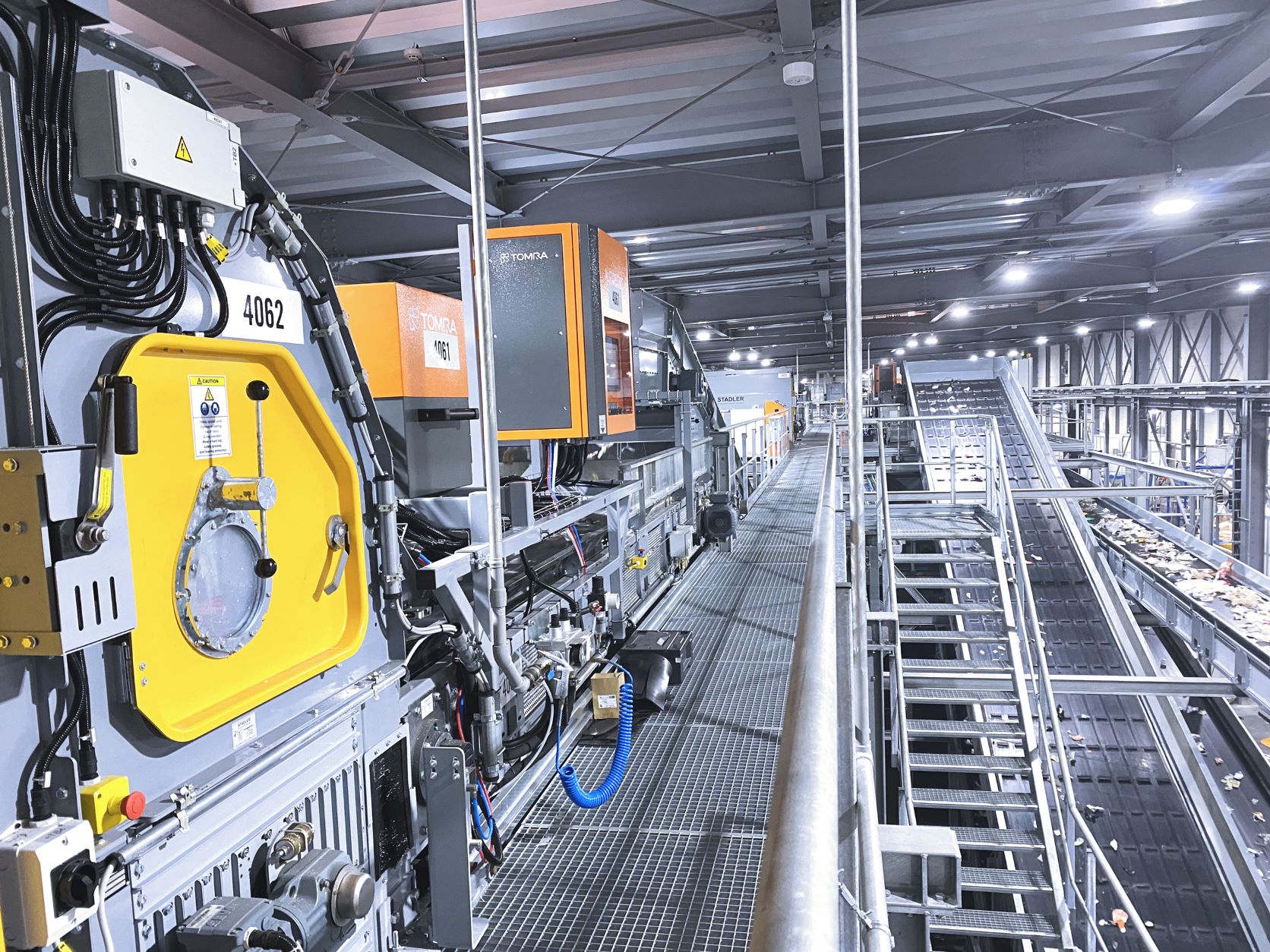The plant will be part of a collaboration between TBM, and the city of Yokosuka to promote the collection and recycling of plastic waste and Limex for the entire city and surrounding areas. TBM also plans to use the plant to develop a pioneering resource recycling model with the aim of contributing to a decarbonized society.
TBM is a Japanese unicorn company founded with the vision to “build on the past to create the future, with innovations to sustain a circular ecosystem lasting for centuries.” It aims to contribute to a decarbonized society through the development of new environmentally friendly materials and new resource recycling models.
TBM’s flagship product is Limex . It is an effective alternative to plastic and paper that can be used in the production of a wide variety of products, such as packaging, food containers, shopping bags, and backlit film. It is mainly made of limestone, an abundant resource, and has a water footprint approximately 97% smaller than paper and a carbon footprint up to 40% smaller than plastic on a life cycle basis (depending on the type of plastic).
As part of its strategy to accelerate the use of Limex products and reduce consumption of natural resources, TBM commissioned Stadler to design and install a new state-of-the-art sorting plant. The facility uses the latest technologies to separate Limex and plastic light packaging, which is recycled into pellets for use in the production of packaging.
The sorting plant receives bales of light packaging made of plastic materials and Limex, and sorts them into metals, PP, PE, PS, PET and mixed plastics for RDF, a 2D fraction and fines. The sorted output materials are stored in bunkers, and the 3D PP, PE, PS, PET and mixed plastics for RDF are subsequently fed to a baling press. The plant uses the latest technologies to achieve the high quality required to recycle the output products. These include Stadler’s double-deck ballistic separator, 2.9-meter wide high-speed conveyors and bunker system, as well as 5 Near-Infrared (NIR) automated optical sorters.






